3 Fun Sentence Building Activities for Your Year One Class!
Sentence-building is a crucial skill for young learners to develop as it forms the foundation of their writing abilities. By engaging pupils in interactive activities, we can make the learning process fun and exciting while improving their literacy skills.
Why Sentence-Building Exercises are Important
Sentence-building exercises are highly effective in engaging primary school pupils in the learning process. By providing interactive activities, we can capture their attention and make writing fun and exciting.
These exercises not only enhance literacy skills but also foster collaboration and communication among children. Working together to construct sentences encourages them to express their ideas and thoughts, leading to a richer learning experience.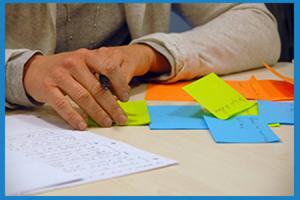
In addition, sentence-building exercises help children develop a strong foundation in sentence structure. By actively constructing sentences, they become more familiar with grammar rules and sentence components, improving their overall writing abilities.
Furthermore, these activities create a stimulating and engaging learning environment for young learners. By incorporating hands-on and creative exercises, we can capture their imagination and enthusiasm for writing, making it a memorable and enjoyable experience.
Sentence Building with Story Cubes
Story cubes are a fantastic tool for engaging primary school pupils in sentence-building activities. These are small dice-like cubes with pictures or symbols on each face, representing different elements of a story.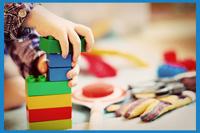
To use story cubes for sentence building, pupils can roll the cubes and then create a sentence based on the pictures or symbols that appear. This activity sparks creativity and encourages pupils to think critically about the elements of a sentence. They can also take turns and collaborate with their peers to create longer and more complex sentences.
Sentence-Building with Picture Cards
Picture cards are another valuable resource for sentence-building activities in the primary school classroom. These cards typically feature images or illustrations that represent different objects, actions, or concepts.
Pupils can use picture cards to construct meaningful sentences by selecting cards that depict the elements they want to include in their sentence. For example, they can choose a card with a picture of a cat and another with a picture of a tree to create a sentence like 'The cat climbed the tree.' (This is also how the foundations of the Mighty Writer resource work! Click here to learn more!)
By using picture cards, pupils not only enhance their sentence construction skills but also develop their visual literacy abilities. They learn to associate images with words, which can improve their comprehension and communication skills.
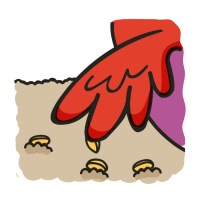
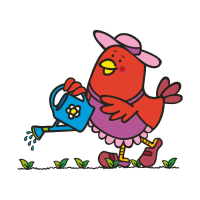
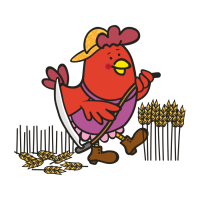
Sentence Building with Word Magnets
Word magnets are a versatile tool for hands-on sentence building and language development in the primary school classroom. These magnets feature individual words that can be rearranged to create sentences.
To use word magnets for sentence building, pupils can manipulate the magnets to construct sentences on a magnetic board or any other suitable surface. They can experiment with different word combinations, sentence structures, and punctuation marks.
By physically moving the word magnets, pupils actively engage with the sentence-building process. This hands-on approach allows them to explore different sentence structures and develop a deeper understanding of grammar and syntax.
In addition to sentence construction, word magnets can also be used for language development. Pupils can create sentences that incorporate vocabulary words they are learning, helping them expand their vocabulary and improve their language skills.
By incorporating word magnets into sentence-building activities, teachers can provide a dynamic and interactive learning experience that fosters creativity, critical thinking, and language development.
Conclusion
Incorporating interactive activities in sentence building is a powerful way to engage primary school pupils and enhance their literacy outcomes.
With the use of manipulatives and visual aids like story cubes and picture cards, pupils develop visual literacy skills and improve their comprehension and communication abilities. Additionally, hands-on activities like word magnets promote interactive and tactile learning, encouraging sentence formation and language development.
In conclusion, by incorporating interactive activities into sentence-building exercises, we can create a transformative learning experience that not only improves literacy outcomes but also nurtures a love for writing among primary school pupils.
Looking for more Key Stage One Literacy Teaching tips and information? Click below to access our brand-new resource!

